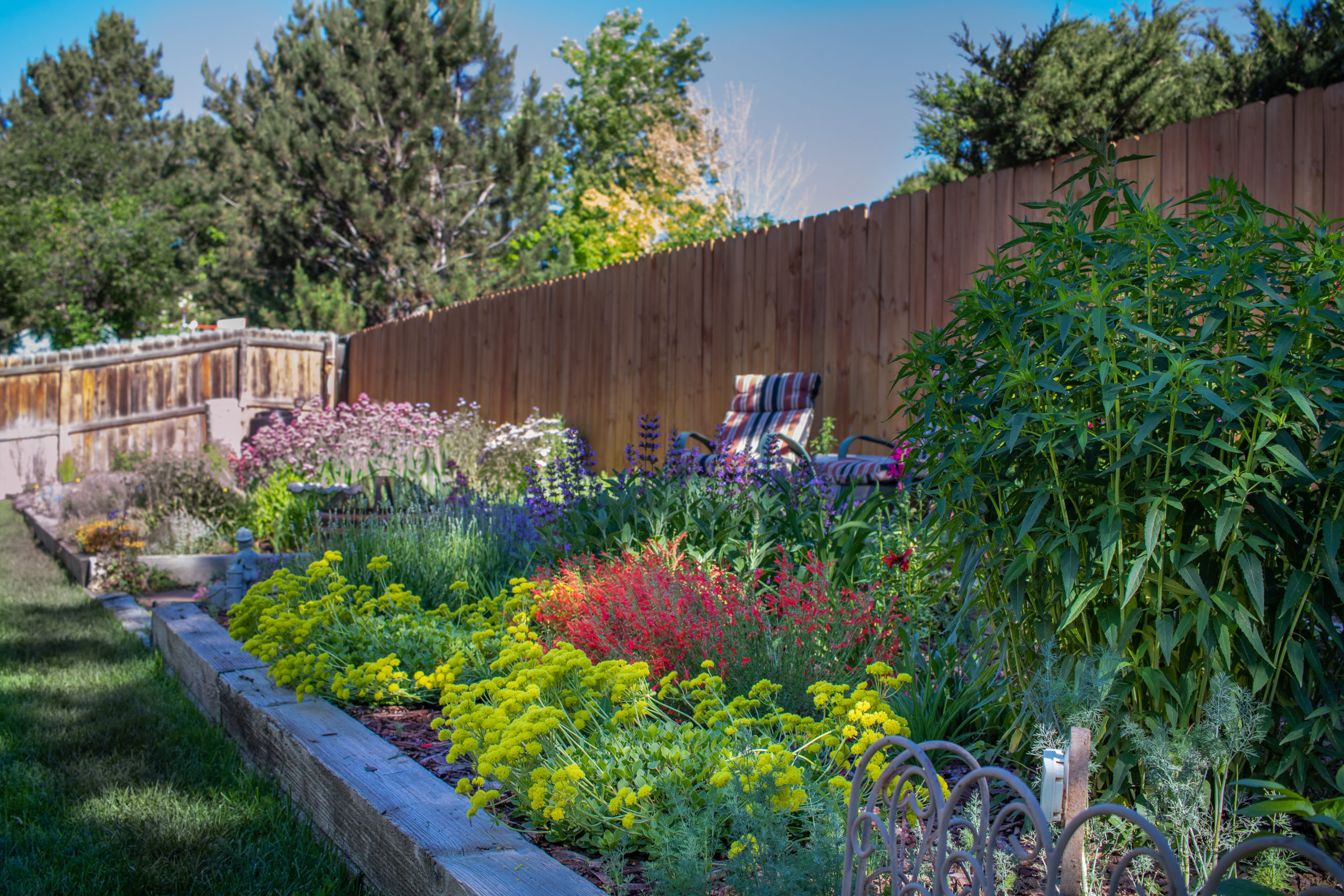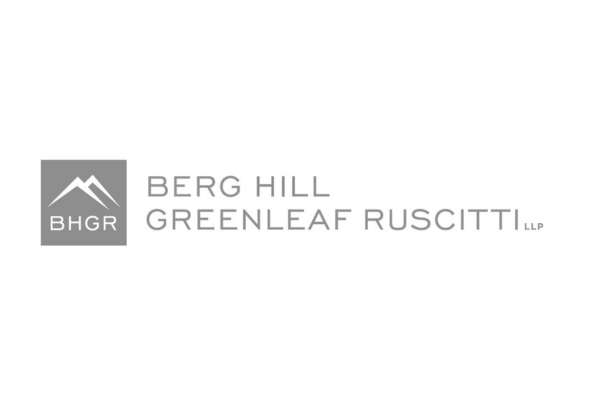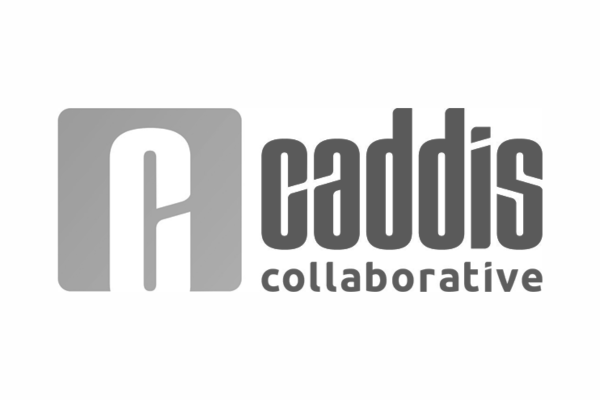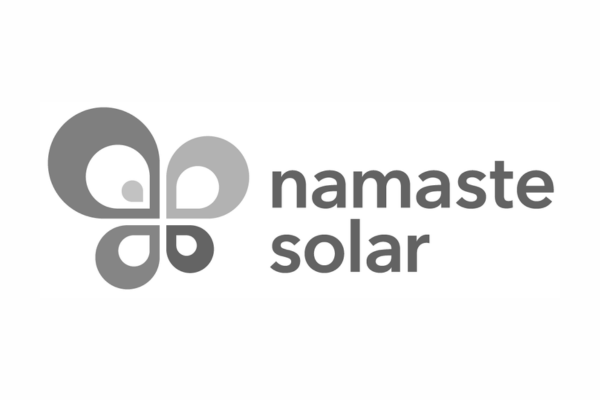Q: “How do I tell whether my yard is full sun, part shade, or “adaptable” sun exposure? It’s tough to tell what it’ll be this summer right now.”
A: Determining the sun exposure of your yard is an important first step in choosing your Garden In A Box. Ensuring your plants receive the right amount of light will set them up for success. When troubleshooting plants that aren’t growing as expected, determining how much light they’re receiving is the first question we’ll ask! Continue reading for our tips on figuring out your yard’s sun exposure.
Site Selection:
First up, where do you want your new garden to be? You may have an empty garden plot without any grass or other plants that’s ready to be planted, which is great! But, more likely than not, some site preparation is needed before planting this spring. When choosing a spot, don’t limit yourself to only existing garden beds. In fact, we recommend choosing a spot that currently has water-thirsty grass growing, removing the grass and opening the area up for a new low-water Garden In A Box! A few pros of this are:
- This will result in the most gallons of water saved AND the most money saved on your water bill
- If an area had healthy grass growing last summer, there’s a good chance it receives around 6 or more hours of sun each day, making this spot a great candidate for one of our full sun gardens!
If you need help with removing your existing grass this spring, check out Resource Central’s Lawn Replacement Program to see if you qualify for discounts on our Lawn Removal Service. Removing healthy grass can be hard work, so let us do the heavy lifting!
Sun Exposure Definitions:
Once you’ve selected where you want to plant, it’s time to determine the sun exposure. Here’s a breakdown of what each sun exposure category of our gardens means:
- Full sun: requires a minimum of 6 hours of direct sun per day
- Adaptable: requires a minimum of 4 hours of direct or indirect sun per day
- Part shade: requires no more than 4 hours of direct or indirect sun per day
Steps to Determine Sun Exposure:
By direct sun, we mean totally unblocked sunlight on the garden. Indirect sun is sunlight that is in some way obstructed before hitting the plants, through tree leaves for example.
To determine your yard’s sun exposure:
- Observe the planting area throughout the day. Make note of the times that receive direct sunlight, indirect sunlight, and full shade.
- Keep in mind any trees that will leaf out during the warmer seasons and cast shade.
- Note that there will naturally be more sunlight during the planting and growing season, when the days are longer, than in the winter and early spring. So the later into the year you can determine you area’s sunlight, the better.
Also note that the intensity of afternoon sun can significantly differ from that of morning or evening sun. When planning your garden, the timing of sunlight is equally important to the duration of sunlight it will receive. Colorado’s afternoon sun, especially during the summer, can be intense. Full sun plants thrive in strong afternoon sun, so ensure they receive this direct sunlight, especially between the hours of noon and 4 pm. On the flip side, part-shade plants may find the afternoon sun too intense and will prefer the more tepid morning or evening sunlight.
Planning Next Steps:
We hope this helps get you started on choosing the Garden In A Box that will work best for your space! If you have further questions, consider checking out our Waterwise Yard Webinars this upcoming March and April to learn from experts on all things waterwise landscaping.
Looking for more information now? Browse our Garden Resources page for more tips and tricks related to low-water landscaping.
Still unsure how to plan for a new Garden In A Box? Visit WaterwiseYards.org to browse completed water-saving projects and stories uploaded by neighbors across the Front Range so see how others incorporated these gardens into their own landscapes.













